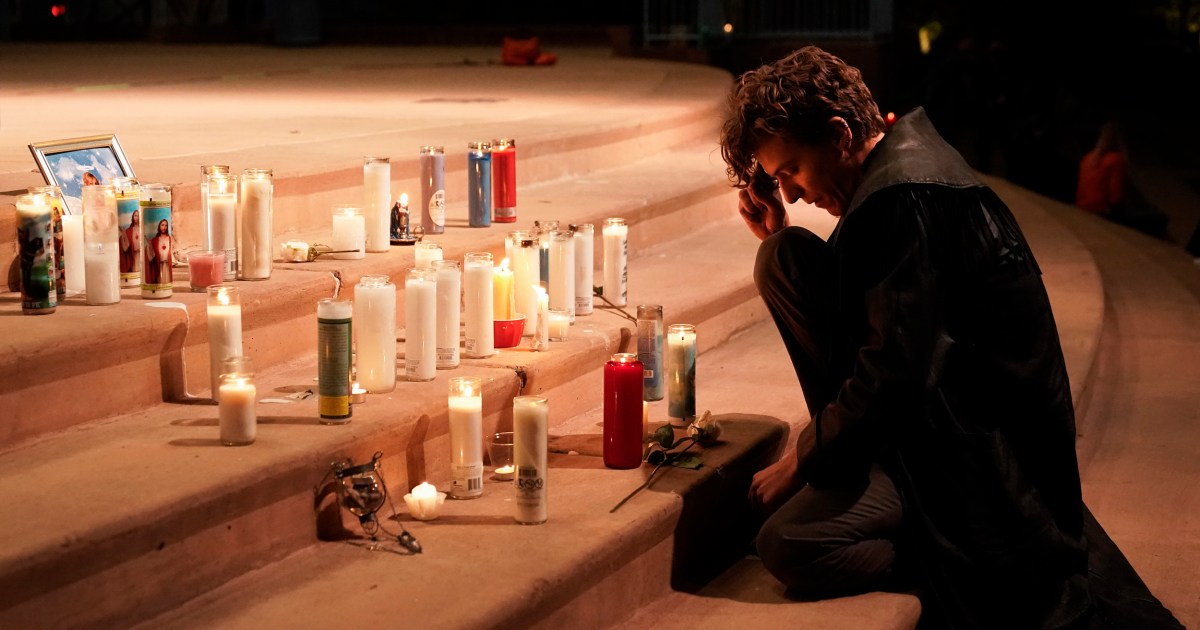I’ve heard vague allusions in a few reports that the gun discharged when Baldwin drew it, but nothing firm in any reputable sources yet. If that’s what happened, it could be because it’s a Western and they’re using single action revolvers.
I know a lot of gun threads devolve into minutiae that is arcane and uninteresting to non-gun people, but broadly speaking there are (ignoring some variants we don’t need to talk about) two types of revolvers: single action and double action.
Single Action - Every single bullet fired from the gun requires the shooter to manually cock the “hammer”, then pull the trigger (in proper working order / theoretically.)
Double Action - You can use most of them in single action mode, manually cocking the hammer, then pulling the trigger. But a double action revolver if you start from a non-cocked hammer and pull the trigger, the trigger itself cocks the hammer and when you complete the trigger pull, also triggers its release–the hammer slams into the bullet, gun fires. AKA - You can fire a double action revolver by just continually pulling the trigger, you never need to manually touch the hammer.
Non-gun people may be surprised to find that the single action, generally speaking is far more dangerous. Why? Because to work the full double action it’s generally stiff trigger pull, pulling all the way through the double action cocking the hammer and then firing. A single action, once the hammer is cocked is generally a very light trigger pull to fire–often what is considered a "hair trigger."
Police departments back in the 30s and 40s started largely moved from using single action revolvers to double action revolvers for precisely this reason (and single actions were rare in police after 1960), standard procedure was if a cop was going into a potentially hostile situation, they’d cock their single action–then if much anything happens, there is a chance of that gun being fired, sometimes unintentionally. Extensive testing by the FBI and etc lead to departments across the country standardizing double action revolvers as police side arms (then in the 1980s the move away from police using revolvers at all started, and was largely complete by the mid-90s, with most departments only allowing police to carry revolvers as their primary weapon if they had been “grandfathered” in.)
All this is to say, I don’t know what Alec was doing. But if he drew the gun once and intentionally (or unintentionally) cocked the hammer, then put it back in his holster cocked, then drew it again–it would be insanely easy during that motion to accidentally discharge the weapon.
On top of that there’s another layer of danger, a lot of historical single action revolvers, due to how they designed, were very susceptible to accidentally discharge if the hammer (at rest) was impacted hard enough–the hammer rested on the primer, and if anything hit the hammer hard enough–and simply dropping a gun, or in theory even some freak accidents from drawing the gun, could be enough to cause a discharge. Modern single action revolvers are not made this way, and are largely safe even if dropped, and I have no idea what they were using on set, but if they were using a historical or reproduction of a historical revolver, maybe this could be a factor as well.

